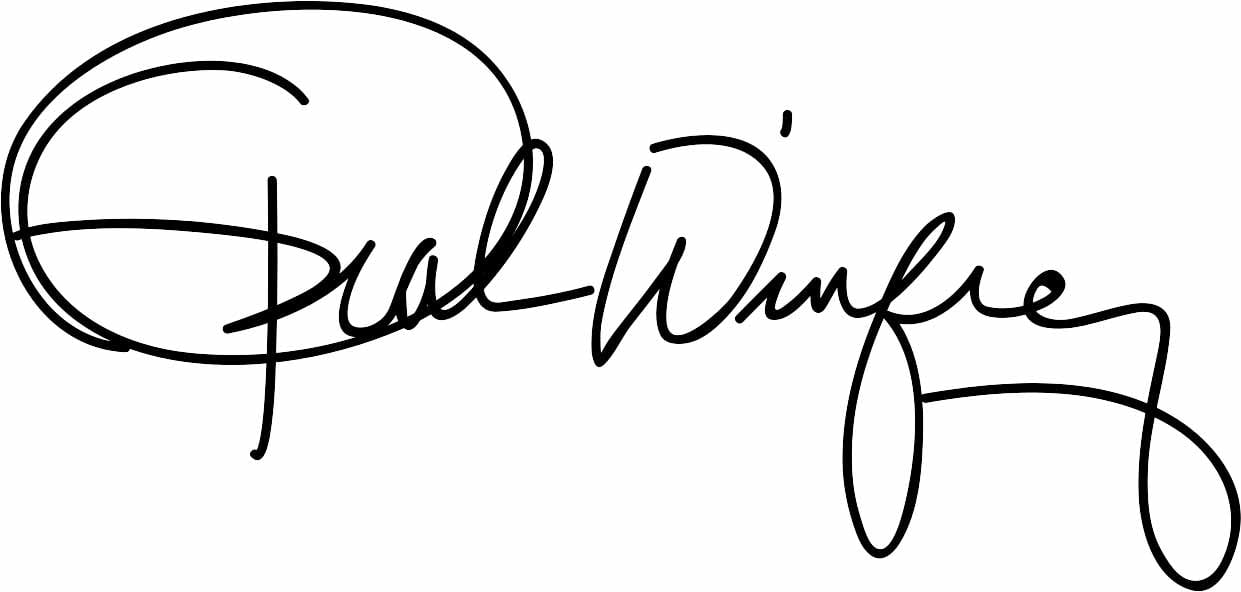Printing has been around for centuries. It’s how we share ideas, images, and information. Over time, methods have changed. Today, most businesses and creators face a choice: digital or traditional print. Both offer unique benefits. And both have drawbacks. Which one makes sense depends on what you need. Here’s an exploration of how they differ and why it matters.
Understanding Traditional Print
Traditional print usually means offset printing. In offset, ink travels from a plate to a rubber blanket, then onto paper. This process excels with large runs. The cost per piece drops when you print more. Plates must be made for each color. That setup takes time and money. But once it’s ready, machines roll. High volumes become affordable. And the result is consistent. Colors stay true from start to finish. It’s reliable, and it’s proven. But it’s less flexible for small jobs or last-minute tweaks.
What Digital Print Means
Digital printing skips the plates. It uses laser or inkjet technology. Files go straight from your computer to the press. That means you can print one or a thousand without extra setup. Personalization is easy. You can tailor each piece with a name or image. Turnaround is fast too. If you need prints today, digital can deliver. The machine prints on demand, so there’s no inventory waste. But the per-piece cost stays the same, no matter how many you print. Large runs become more expensive compared to offset.
Cost Considerations
Budget drives many decisions. If you need a small batch—say 50 to 200 prints—digital usually wins. There’s no plate fee. You pay for materials and ink only. And you don’t waste prints on makeready scraps. But if you’re ordering 5,000 or more, traditional print often lowers your unit cost. The initial plate fee gets spread out over the run. So each print costs less. In my opinion, you should run the math. Compare quotes for both. Sometimes the break-even point falls around 1,000 copies. Sometimes it’s higher. It all depends on paper, ink, and press time.
Quality and Color Accuracy
Both methods deliver solid results, but they behave differently. Offset print uses liquid inks and can match exact Pantone colors. That’s vital for brands. If you need a precise shade of blue, offset can nail it. Digital presses have improved over the years. They now offer wide-gamut inks and better color stability. But they still struggle with certain spot colors. You might notice a slight shift in green or red under bright light. For most projects, digital is fine. But if color fidelity is non-negotiable, traditional print gives you more control.
Turnaround Time and Flexibility
Let’s talk timing. Traditional print often means longer lead times. Plates have to be made. The press has to be scheduled. And proofs need approval. You could wait several days or a week. Then shipping adds more time. Digital print is quick. Orders can turn around in 24 hours or less. You upload a file, approve a proof, and it goes to press. Need to change the text? No problem. Just send a revision. That speed makes digital a go-to for tight deadlines. And when plans shift at the last minute, digital can save the day.
Environmental Impact
Waste matters. Traditional print produces more waste during setup. Plates, makeready sheets, and cleaning solvents add up. Then there’s leftover stock if you overorder. Digital print cuts setup waste to nearly zero. You print exactly what you need. Plus, many digital presses use eco-solvent or UV inks that emit fewer volatile organic compounds. Paper waste still happens of course—human errors, bad files. But overall, if you care about reducing landfill, digital often has the edge. That said, some offset machines now offer greener inks and waterless processes. It’s improving on both sides.
Use Cases and Best Fit
What are you printing? Brochures, posters, labels, books, packaging? For high-volume magazines or catalogs, offset is the workhorse. It handles thick paper stocks and special finishes like foil stamping with ease. Digital is great for short runs of flyers, business cards, or personalized mailers. You can print birthday cards with individual messages. You can test designs with small batches before committing to larger runs. And you can even print variable data in real time. Think serial numbers, barcodes, or custom QR codes.
When Quality Isn’t the Only Factor
Sometimes the decision comes down to more than cost and look. Service and location matter too. If your print shop is down the street but only does traditional, digital might not be practical. And vice versa. Some digital printers offer next-day delivery, but their local partners may not. You also need to think about finishing options. Offset shops often have in-house binding, embossing, or lamination services. Digital shops vary widely. Ask about capabilities upfront. Don’t assume both methods cover every special request.
Choosing the Right Method
Here’s how it works. Define your goals first. Ask: What quantity do I need? How precise must the colors be? What’s my budget? How fast do I need it? Then gather quotes. Include both digital and traditional options if possible. Look beyond price to service level and reviews. Ask for samples. A printed proof can reveal texture, color shifts, or registration issues that matter a lot. Don’t skip that step. Finally, trust your gut. If a printer seems too eager to oversell you on offset when you need flexibility, or vice versa, find someone else.
Conclusion
Digital and traditional print each have their place. Neither is strictly better than the other. It comes down to what you print, how you print it, and why. Digital offers fast turnarounds, low waste, and customization. Traditional print shines for large runs, complex colors, and special finishes. In my opinion, knowing both methods and their strengths helps you make smarter choices. And that saves time, money, and a few headaches. So next time you have a printing project, consider the options carefully—and choose the one that fits your needs best.

